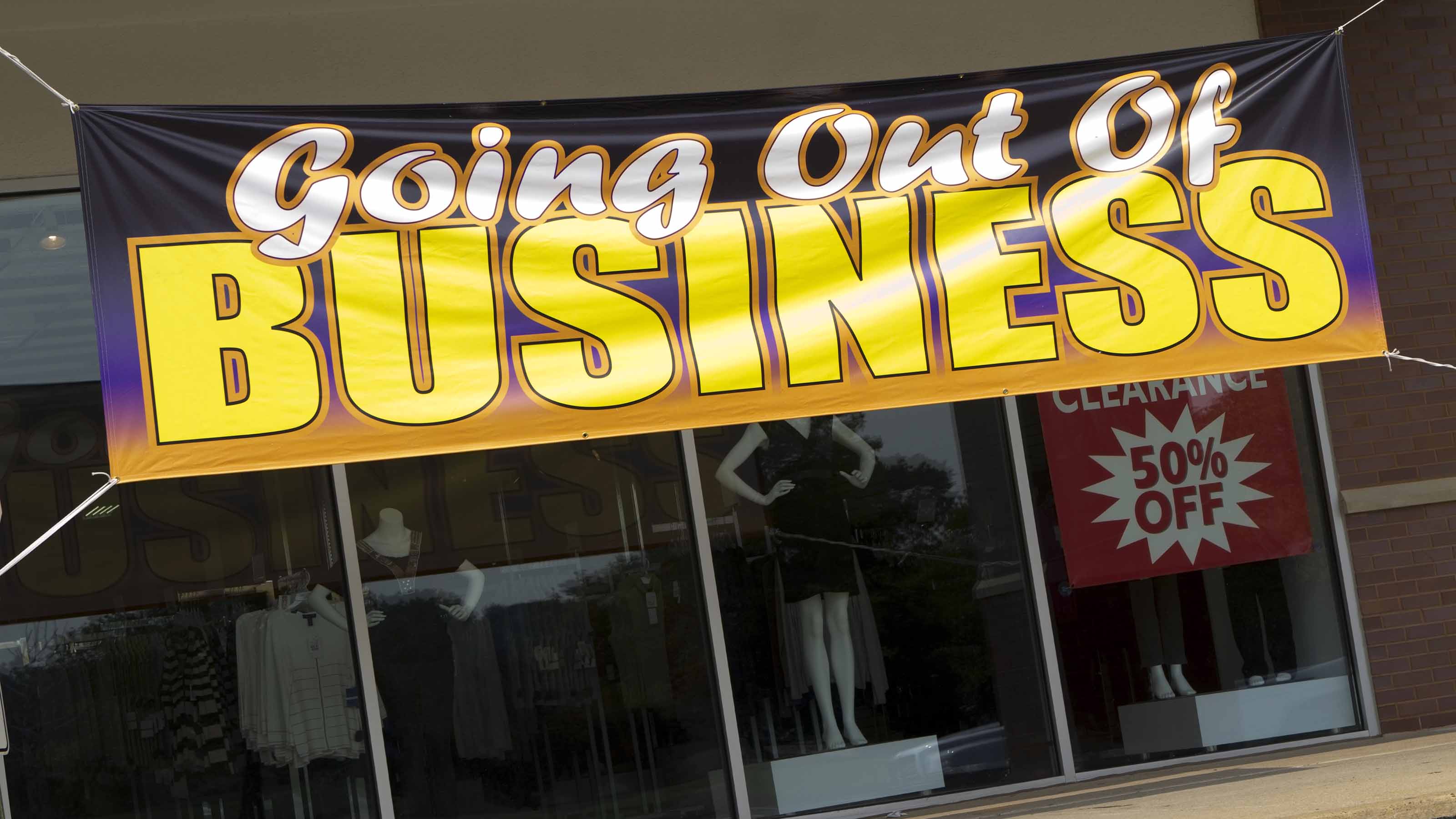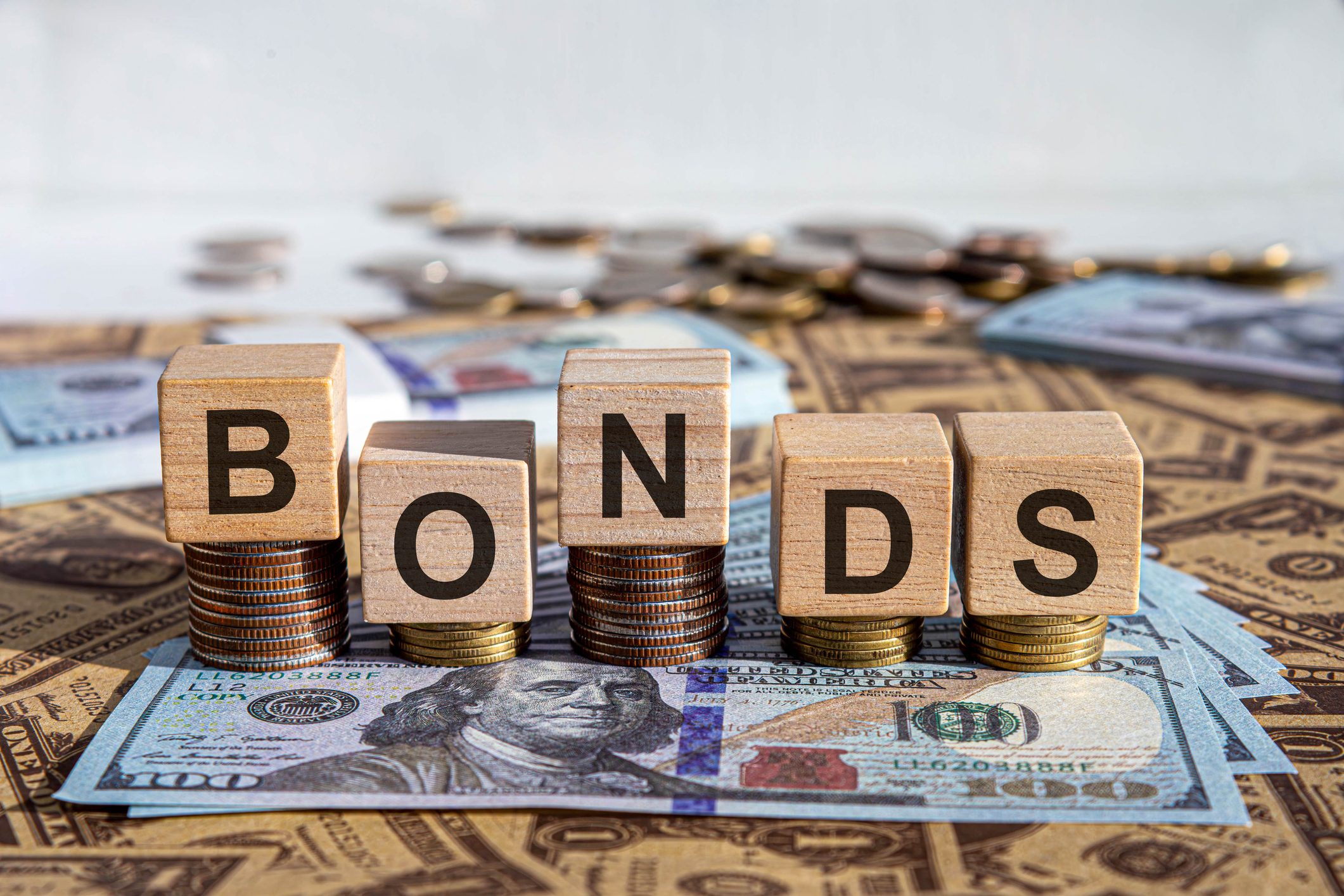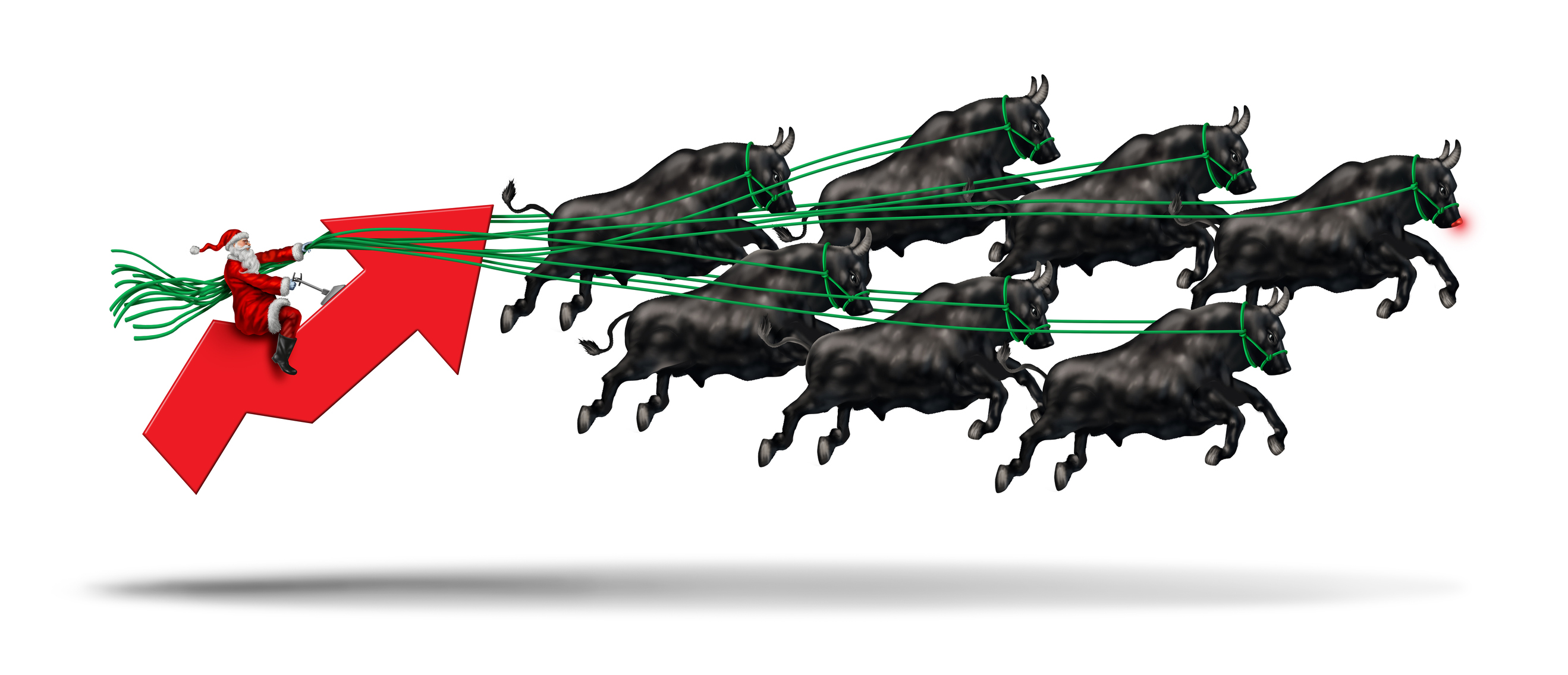
Everybody knows starting a restaurant is a risky business. But most investors may not realize that cooking up a new exchange-traded fund recipe has a surprisingly high failure rate as well. And that can cause some unpleasant surprises for investors who’ve bought shares in funds that shut down. When funds liquidate, they distribute the cash value of their holdings to investors, potentially triggering unplanned-for taxable capital gains or losses.
Fortunately, investors who stick with large, broadly diversified ETFs generally don’t have to worry about closures, says Daniel Sotiroff, a senior analyst for investment research firm Morningstar. Likewise, limiting investments in risky ETFs to tax-deferred accounts will eliminate closure-related tax headaches.
But anyone who has taken, or is considering taking, fliers on smaller funds, especially ones with risky, niche or region-specific strategies, should limit their stakes and take a few steps to protect themselves, advisers say.
From just $107.88 $24.99 for Kiplinger Personal Finance
Become a smarter, better informed investor. Subscribe from just $107.88 $24.99, plus get up to 4 Special Issues

Sign up for Kiplinger’s Free Newsletters
Profit and prosper with the best of expert advice on investing, taxes, retirement, personal finance and more - straight to your e-mail.
Profit and prosper with the best of expert advice - straight to your e-mail.
ETF closures: More common than you think
For starters, recognize how frequent ETF closures are. Fund sponsors expect fees, charged as a percentage of assets, to (at least eventually) cover their operating expenses and lead to profits. Consequently, companies tend to shut funds that fail to attract enough assets; consistently underperform and thus are likely to drive investors away; or face challenges such as investing in areas affected by geopolitical conflicts.
In fact, about one-third of all ETFs ever started have shut down, Morningstar calculates. Over the past 10 years, that has added up to 1,550 shuttered funds. In 2024 alone, despite inflows of more than $1 trillion into ETFs overall, 189 closed (an above-average number).
Moreover, many of the closed funds were sponsored by well-established companies, offered attractive-sounding strategies or garnered plenty of popular attention. Fund giant BlackRock liquidated at least 15 funds in 2024, for example, including its four-year-old Future Tech ETF. Despite profiting from holdings such as Nvidia, that fund never attracted significant investments — it charged comparatively high annual fees of 0.88%, and its performance lagged other tech funds. Large fund sponsors such as Global X and Pacer also liquidated China-focused funds in 2024 as that country faced political and financial challenges. Another notable 2024 closure: the Inverse Cramer ETF, which gained media attention (but not many investors or profits) by short selling stocks touted by CNBC personality Jim Cramer.
The rate of ETF closures is likely to accelerate from the current pace, especially if the stock market experiences a prolonged downturn, Sotiroff believes. A record 711 ETFs were launched in 2024, many specializing in risky strategies involving cryptocurrencies or using leverage, which involves borrowing against assets to goose returns. “When times are good, people like to gamble,” says Sotiroff. Fund sponsors “are throwing spaghetti on the wall to see what sticks.”
ETFs to avoid
To avoid the ETF equivalent of spaghetti on the floor, Sotiroff and other ETF researchers suggest investors steer clear of funds with less than $100 million in assets that also display any of these red flags:
Risky strategies. Fund sponsors are increasingly offering strategies that stretch beyond plain vanilla. Think “triple leveraged” funds that use debt to triple the returns (or losses) of a basket of volatile stocks, for example, or “inverse” funds that profit when the stocks they focus on fall. Those kinds of funds tend to attract fickle, short-term traders rather than long-term investors. That helps explain why leveraged and inverse funds, which accounted for only 11% of all ETF launches, made up 16% of all ETF closures, says Aniket Ullal, head of ETF Research & Analytics for research firm CFRA.
Lagging returns. Companies tend to shutter funds that consistently underperform their competitors. Of 168 now-closed funds with Morningstar performance data for 2023, the average return was just 7%, in a year in which the S&P 500 index returned 26.3%. More than one-fourth of the shuttered funds lost money that year.
Missing profits. Investors naturally prefer to pay lower fees. But fund companies need to cover costs such as legal expenses, management and marketing. Any fund with a combination of fees and assets that fails to generate at least $100,000 a year is probably not making much money, Ullal says. According to Morningstar data, as of December 31, more than 900 of the approximately 4,000 ETFs currently traded in the U.S. were producing less than $100,000 a year for their sponsors.
If you see any of these red flags in funds that you own, it pays to monitor them, says Steven Novack, a CPA and certified financial planner for Altfest Personal Wealth Management in New York City. It’s important to check on each questionable fund separately; because the notification procedure is governed by a patchwork of laws and rules from the Securities and Exchange Commission, states and exchanges, one fund’s closure process may not match another’s. Generally speaking, if a fund’s board of directors votes to liquidate, the fund must at least issue a press release and add a supplement (sometimes called a “sticker”) to its prospectus laying out the schedule and process by which it plans to stop accepting new investments, sell its holdings and distribute the cash to shareholders.
Investors who don’t monitor such press releases can easily miss a closure notification. Major fund sponsors such as BlackRock typically don’t send closure notices directly to investors. And several major brokerages contacted by Kiplinger said that although they update fund documents on their sites with closure notices, they don’t automatically message investors about them. As a result, many investors may be surprised when they see cash replace shares in their portfolio.
What to do if your ETF closes
In the event you find out that a fund you’re holding is closing, Novack generally recommends that you sell your shares as soon as possible. Fund companies typically halt all trading in a closing ETF a few days before the liquidation date, and trading volume tends to decline as the end approaches. Thinly traded ETFs may see unusually wide spreads between the prices sellers are asking for their shares and the prices buyers are willing to pay, which means you might get a little less than you’d like.
To avoid selling at a discount, you can consider holding on until the bitter end, in which case you’ll get the fund’s full net asset value (the value of its underlying holdings, less liabilities) on the fund’s final day. It also pays to wait if those extra days or weeks put your holding period over the one-year mark, qualifying you for lower long-term capital gains tax rates.
Note: This item first appeared in Kiplinger Personal Finance Magazine, a monthly, trustworthy source of advice and guidance. Subscribe to help you make more money and keep more of the money you make here.
Related content
Profit and prosper with the best of Kiplinger's advice on investing, taxes, retirement, personal finance and much more. Delivered daily. Enter your email in the box and click Sign Me Up.

Kim Clark is a veteran financial journalist who has worked at Fortune, U.S News & World Report and Money magazines. She was part of a team that won a Gerald Loeb award for coverage of elder finances, and she won the Education Writers Association's top magazine investigative prize for exposing insurance agents who used false claims about college financial aid to sell policies. As a Kiplinger Fellow at Ohio State University, she studied delivery of digital news and information. Most recently, she worked as a deputy director of the Education Writers Association, leading the training of higher education journalists around the country. She is also a prize-winning gardener, and in her spare time, picks up litter.
-
 Changes Are Coming for This Invesco Bond Fund
Changes Are Coming for This Invesco Bond FundThe Invesco BulletShares 2026 Corporate Bond ETF's bonds will mature in 2026. Here's what investors should do.
-
 What Science Reveals About Money and a Happy Retirement
What Science Reveals About Money and a Happy RetirementWhether you’re still planning or already retired, these research-based insights point the way to your best post-work life.
-
 7 Retirement Planning Trends: What They Mean for You in 2026
7 Retirement Planning Trends: What They Mean for You in 2026From government shutdowns to market swings, the past 12 months have been nothing if not eventful. The key trends can help you improve your own financial plan.
-
 Changes Are Coming for This Invesco Bond Fund
Changes Are Coming for This Invesco Bond FundThe Invesco BulletShares 2026 Corporate Bond ETF's bonds will mature in 2026. Here's what investors should do.
-
 7 Retirement Planning Trends in 2025: What They Mean for Your Wealth in 2026
7 Retirement Planning Trends in 2025: What They Mean for Your Wealth in 2026From government shutdowns to market swings, the past 12 months have been nothing if not eventful. The key trends can help you improve your own financial plan.
-
 What Defines Wealth: Soul or Silver? Good King Wenceslas' Enduring Legacy in the Snow
What Defines Wealth: Soul or Silver? Good King Wenceslas' Enduring Legacy in the SnowThe tale of Good King Wenceslas shows that true wealth is built through generosity, relationships and the courage to act kindly no matter what.
-
 An Investing Pro's 5 Moves to Help Ensure 2025's Banner Year in the Markets Continues to Work Hard for You in 2026
An Investing Pro's 5 Moves to Help Ensure 2025's Banner Year in the Markets Continues to Work Hard for You in 2026After a strong 2025 in the stock market, be strategic by rebalancing, re-investing with a clear purpose and keeping a disciplined focus on your long-term goals.
-
 The Santa Claus Rally Officially Begins: Stock Market Today
The Santa Claus Rally Officially Begins: Stock Market TodayThe Santa Claus Rally is officially on as of Wednesday's closing bell, and initial returns are positive.
-
 Introducing Your CD's Edgier Cousin: The Market-Linked CD
Introducing Your CD's Edgier Cousin: The Market-Linked CDTraditional CDs are a safe option for savers, but they don't always beat inflation. Should you try their counterparts, market-linked CDs, for better returns?
-
 'Humbug!' Say Consumers, Despite Hot GDP: Stock Market Today
'Humbug!' Say Consumers, Despite Hot GDP: Stock Market Today"The stock market is not the economy," they say, but both things are up. Yet one survey says people are still feeling down in the middle of this complex season.
-
 The SEC Is Concerned for Older Investors and Retirement Savers. Here's What You Should Know.
The SEC Is Concerned for Older Investors and Retirement Savers. Here's What You Should Know.The SEC focusing on older investors, retirement and college savers, and private securities. Here's how those changes impact you.
